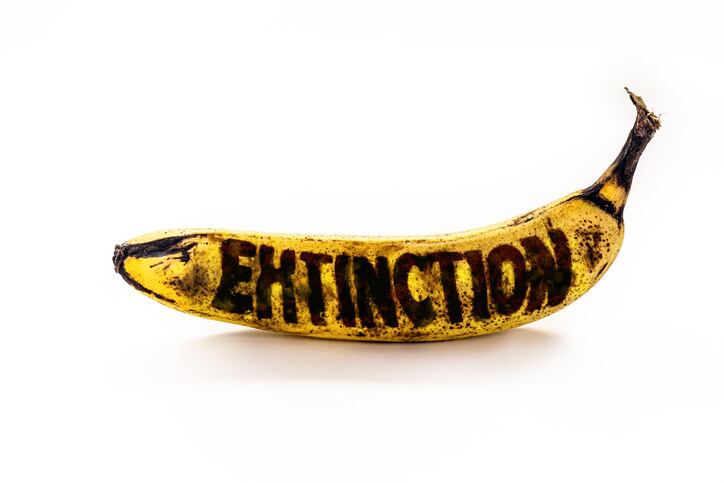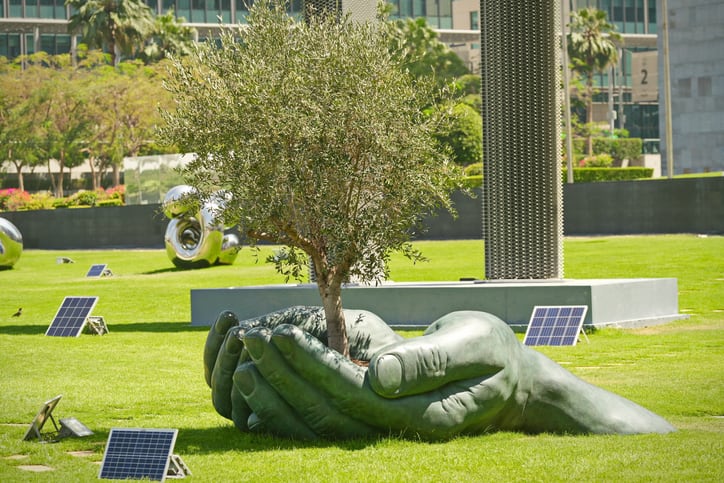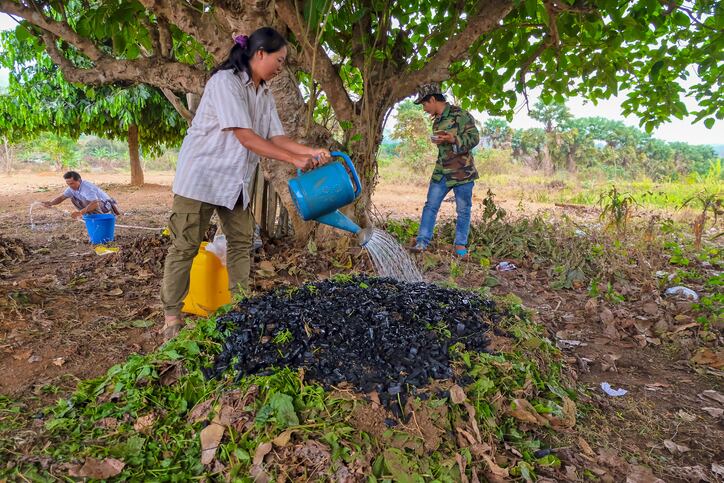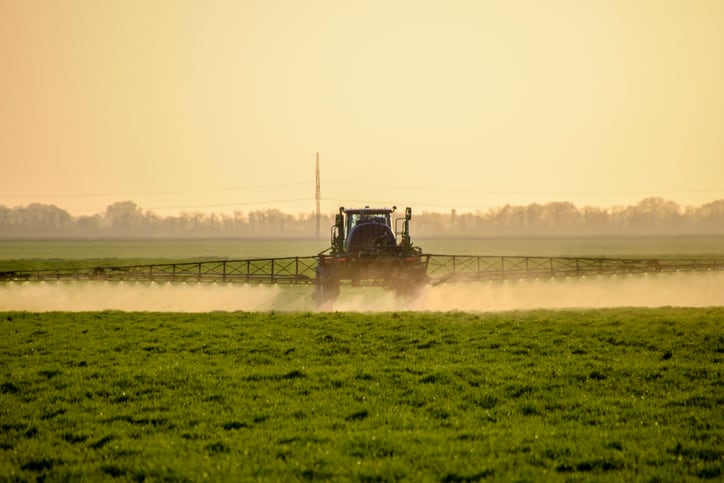A form of fusarium wilt, Panama disease (also called Tropical Race 4, or TR4) is one of the most severe threats facing the banana industry worldwide, with no cure and no banana varieties that are resistant to the disease yet developed at scale. It has been estimated that 80% of global production is under threat from TR4.
Over three decades the disease has spread from Asia to Australia, the Middle East, Africa and more recently Latin America, threatening a global industry estimated to produce 100 billion bananas annually and be worth US$8 billion.
Once the disease has established itself on a plantation, it takes decades before Cavendish bananas or any other banana varieties prone to Fusarium can be grown there again.
Potential solutions exist. For example, the first commercial fungicide for fusarium wilt, made by Syngenta, now has an emergency release in the Philippines, though is not yet globally available. The soundest solution is TR4 resistant varieties, but neither are these expected any time soon.
"It's sad to say but the simple message of diagnosing it sooner the better has still not yet landed sufficiently,” Gert Kema, Professor of Phytopathology at Wageningen University & Research (WUR), told AgTechNavigator.
As well as investigating new varieties and new cultivation methods, WUR and its partners are using rapid detection in the hope that, once spotted, quarantine strategies can be implemented in time to halt the disease.
The Chira Valley in Peru – one of the main regions for the cultivation of organic bananas – is one area being seriously affected by the dreaded Fusarium wilt.
“There are 8,000 smallholders in the Chira Valley growing organic bananas on around 10,000 hectares of land,” explained Kema, the team lead for the project to find solutions. “The region produces 25 percent of the global supply of organic bananas. The presence of TR4 – one of the Fusarium soil fungi that cause Fusarium wilt – is therefore very worrying.”
At present, there’s no way to combat this species of Fusarium. Once it strikes, the crop is ruined and the soil is contaminated, making it unfit for banana cultivation for years to come. “The strain originated in Southeast Asia, but has spread to 16 new countries over the past decade,” he said.
Rapid detection is crucial
Rapid detection of new infections can slow down their spread. Scientists at Wageningen have already developed a rapid test for use in the field. It takes less than an hour for the test to identify an infection.
“We’re now working on a system for mapping areas deemed to be at risk. The Chira Valley is serving as a case study for this.” The scientific article on the aerial mapping of the Chira Valley is available here.
“The only way to do it is from the air. It’s a large region, and there are parts we can’t physically access or get permission to access. So that’s why we carried out 12 flights in a small aircraft, and took 133,700 aerial photographs which we then analysed,” Kema continued.
The whole region is reliant on a single irrigation system. Some areas are also prone to flooding. Fusarium can be spread through water, which is why the region is vulnerable to it. “We mapped the flood-prone areas and started taking samples in the field. This revealed that there were already more than 200 instances of Fusarium infection. That’s very worrying,” Kema noted.
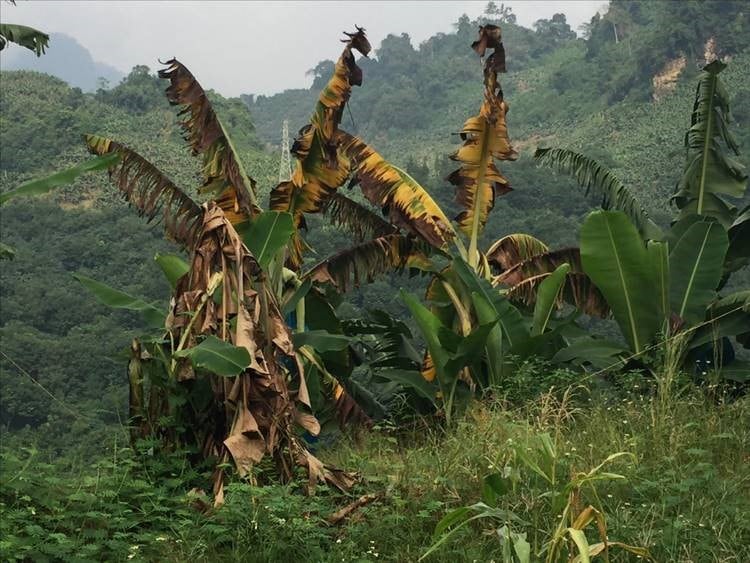
And growers don’t really have many options for containing the disease, he adds. They cut down infected plants, but it’s not enough. “Once you can see it, it’s already too late. It’s almost impossible to control it at that point.”
Monoculture of a single variety
The arrival of the disease in this region is a major setback. With its dry conditions, the region is perfect for organic banana farming. It means that the other dreaded banana disease, Black Sigatoka, isn’t a problem here. That disease is caused by a leaf mould, and the conventional banana sector already relies on high and ever-increasing doses of anti-fungal agents to tackle it.
The reason these two fungal diseases are such a problem is largely because banana production around the world is dominated by a single variety: the Cavendish. Wageningen University & Research partners with Yelloway, the venture of Chiquita, Keygene and MusaRadix, to develop new varieties that are resistant or more resilient to the fungi.
The dream of this project is to also to diversify the market to make production more sustainable and "to make sure there are as many banana varieties seen in a store as apples or tomatoes."
Abandoning soil
But time is running out. Kema expects these new varieties to be available by 2028.
All the while, fusarium is spreading. “In the Philippines, thousands of hectares have now been written off. They won’t be growing a Cavendish there for decades to come. That’s how long the fungus maintains a reservoir in soil and weeds,” said Kema. A new cultivation system is therefore being developed: banana plants grown in containers on an organic substrate. This now seems to be a realistic option for the hardest-hit areas. “Abandoning soil altogether really is a solution. It may even lead to increased productivity.”
The call of the latest paper, said Kema, is for more mapping in those countries – specifically Equador, Panama Costa Rica, Nicaragua, Honduras, Salvador, Mexico, Guatamala – where cases of are not yet reported. “What you need to do is to go to countries where it has not yet been reported and do aerial surveys until you see suspect plants. If its TR4, you'll have a won a couple of months, maybe a year and then you can still implement quarantine strategies that many help you stop the disease.
"What you see happening is that people invest in quarantine once the disease has been diagnosed in the country. Those investments are too late. You better invest in surveillance to detect it quicker rather than spending money once the disease is there because once it's there you cannot eradicate it.”


